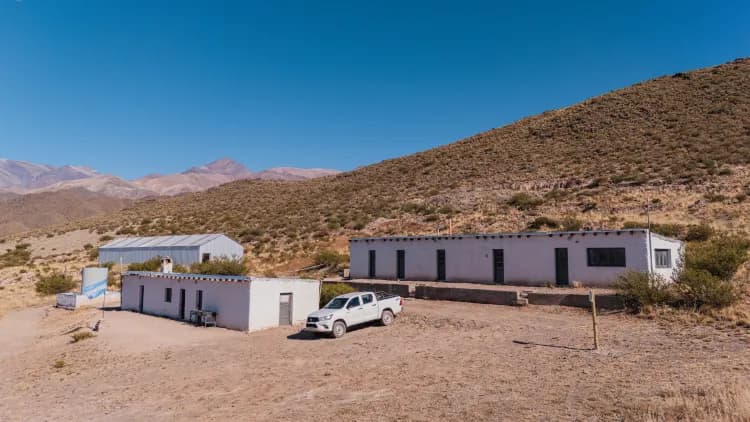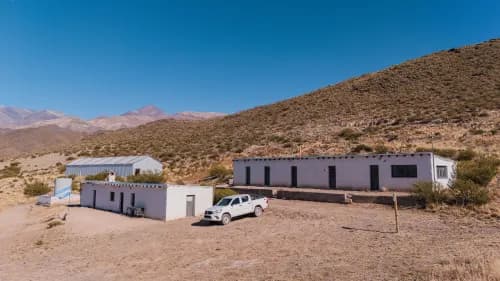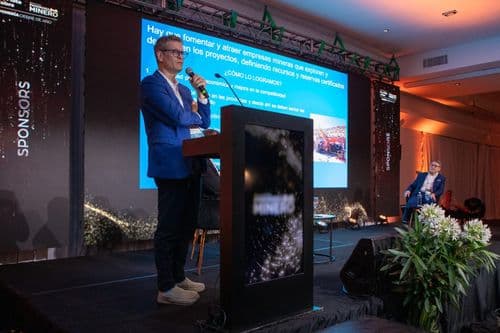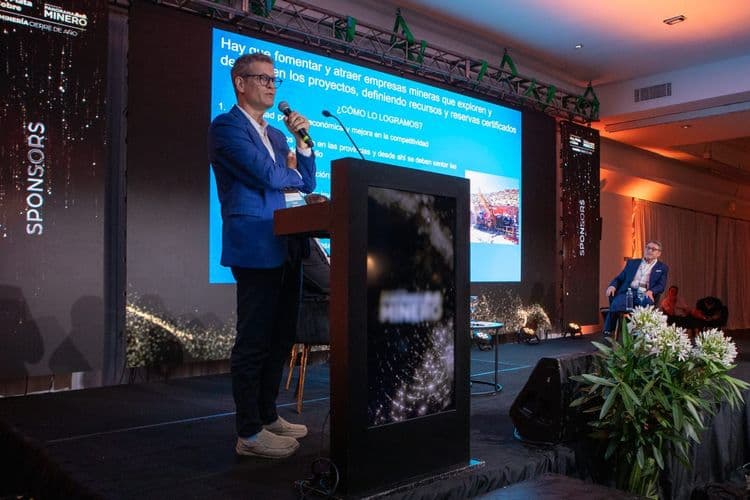The agreement between the companies opens the door to the potential launch of different projects in the Vicuña district, with economic and social impact measurable in several decades.
By Alejandro Colombo
Journalistic Director, Panorama Minero
In its June edition, Panorama Minero reported on BHP's failed bid to acquire Anglo American, a significant move in a context of mergers and acquisitions in the mining industry that has regained momentum. Similarly, the markets reported on the rumor of a possible landing of the Australian mining company in Argentina, more precisely in the province of San Juan, in search of opportunities associated with copper.
Finally, on July 29, BHP and Lundin Mining announced the signing of an agreement to acquire 100% of the shares of Filo Mining (operator of the Filo del Sol project, where BHP already had 5% of the share capital), in an operation valued in the order of C$4.1 billion. With the closing of this transaction, the companies will form a Joint Venture (50/50) for the joint development of the Filo del Sol (San Juan province and III Region of Chile) and Josemaría (San Juan province) projects. For this last project, BHP will pay US$690 million to Lundin Mining to access 50% of Josemaría's participation.
This announcement is one of the most resonant in recent times at an international level, with an exponential amplification for national mining and San Juan in particular. From this joint operation, Argentina would resume copper production in the near future, after the cessation in 2018 of the Bajo la Alumbrera operations in Catamarca, but in this case from the Cuyo province.
Why do we say that the announcement of July 29 is one of the most resonant in the world copper arena? Over the past twenty years, the copper sector has languished in terms of world-class discoveries, with the exception of Mongolia (Oyu Tolgoi) and the Democratic Republic of Congo (Kamoa – Kakula Complex), among a few examples.
How big is Vicuña? Is it one of the so-called giant districts? A clue to answering this question can be seen in Table 1.

A mining district is a combination of factors: scale, with a size that exceeds industry standards; regional cluster of giant mineral deposits; mineral structures composed of faults of great size and extension; and high mineral grades.
Vicuña is a world-class district composed of several projects; In addition to the Josemaría and Filo del Sol projects already mentioned, there are other projects managed by companies of the Lundin Group through NGEx Minerals -Lunahuasi projects in Argentina and Los Helados in Chile- and Lundin Mining itself from the Caserones mine in Chile

For the Josemaría and Filo del Sol projects, an opportunity for development is opened at the district level, through:
⦁ The execution of engineering studies and permits
⦁ Potential for a shared processing plant and infrastructure, including tailings dams, roads and power lines
⦁ Evaluation of combined lands for the ideal location of the main infrastructure
⦁ Optimization of mineral sources and sequencing
⦁ Future development and expansion within the district
⦁ Potential optimization of resources such as water, energy and other critical inputs.
The start of the joint collaboration between BHP and Lundin Mining leaves some relevant conclusions:
⦁ The scarcity of new copper projects on a global scale
⦁ The importance of the Vicuña District, as one of the new metal clusters found in recent years
⦁ The attractiveness of Argentina as a benchmark for the red metal (and other metals)
⦁ The arrival of the main global mining company by market capitalization
⦁ Favorable state policies for mining, reaffirmed by the tailwinds from the RIGI
In conclusion, the development of Vicuña is another chapter in the Lundin group's commitment to the Argentine mining sector over several decades: the development of Bajo la Alumbrera (Catamarca) added to the discovery and development of Veladero (San Juan) were the result of excellent work and the perseverance of different teams made up of a large group of professionals and technicians.
The initial discovery of Filo del Sol between 2002-2004, of Josemaría in 2003, of Los Helados in 2006 mark the testimony of the vision of a group of Argentine geologists (mostly from San Juan), who envisioned a potential in the gap existing between the Maricunga and El Indio belts, today become the Vicuña district.


























